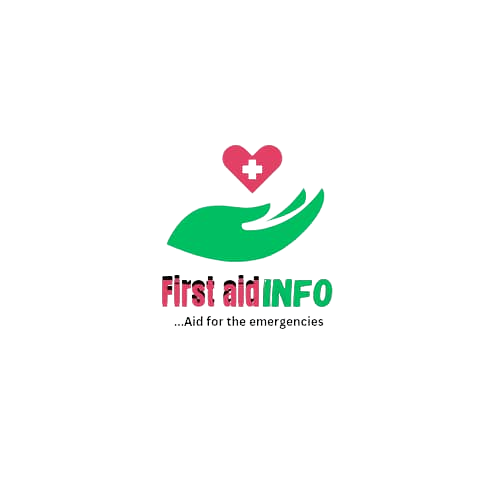Techniques – Calming down in a first aid situation
Calming Down Techniques and knowing them are vital, because they play a huge role in helping those who might be in need of first aid.
Use the following Techniques to calm down in first aid situations:
- Take a couple of deep breaths.
- Stop negative thoughts, encourage yourself.
- Talk to the ill or injured person. This will give you a chance to control your own
emotions.
- Stick to the techniques and first aid actions you know.
- If you do not know what to do, call for help.
First aid situations can be highly stressful and emotionally charged. Whether you’re dealing with a minor injury or a more serious medical emergency, keeping a clear head is crucial for providing effective assistance. In this blog post, we’ll explore some techniques for calming down in first aid situations, helping you stay composed and focused when it matters most.
-
Take a Deep Breath:
One of the simplest and most effective ways to calm down in any stressful situation is to take deep, slow breaths. Deep breathing helps reduce anxiety and tension, which can cloud your judgment. Inhale deeply through your nose, hold for a few seconds, and then exhale slowly through your mouth. Repeat this process several times until you start to feel calmer.
-
Assess the Situation:
Before jumping into action, take a moment to assess the situation. Determine the nature and severity of the injury or emergency. This brief pause will help you make more informed decisions and prioritize tasks effectively.
-
Call for Help:
If the situation is beyond your control or expertise, call for professional medical assistance immediately. Dial the emergency services number in your country (e.g., 911 in the United States) and provide them with all the necessary information about the situation, including your location and the nature of the problem.
-
Delegate Tasks:
If you’re not alone, delegate specific tasks to others present. Assign someone to call for help, another to gather first aid supplies, and another to assist you in administering first aid. Delegating tasks not only lightens your load but also helps others feel involved and focused on productive actions.
-
Focus on Your Breathing and Visualization:
As you begin providing first aid, continue to focus on your breathing. Visualize yourself carrying out the necessary steps calmly and effectively. This mental preparation can boost your confidence and reduce stress.
-
Stay Reassuring and Communicative:
For the injured person, your demeanor can make a significant difference in their comfort level. Speak in a calm, reassuring tone and explain the steps you’re taking. Reassure them that help is on the way if applicable.
-
Maintain Personal Safety:
Ensure your safety is a top priority. Don’t put yourself in harm’s way while assisting someone else. Assess the environment for any potential dangers and take precautions accordingly.
-
Practice Self-Care:
Remember to take care of yourself as well. In high-stress situations, it’s easy to neglect your own needs. Stay hydrated, eat if necessary, and take short breaks when possible to recharge your own energy and focus.
-
Stay Informed:
Consider taking a first aid course or regularly refreshing your first aid knowledge. The more confident you are in your abilities, the easier it is to stay calm in emergency situations.
-
Debrief Afterward:
Once the emergency has passed, take some time to debrief with others who were involved. Discuss what went well, what could be improved, and how you felt during the situation. This can be a valuable learning experience and help you prepare for future incidents.
In conclusion, staying calm in first aid situations is essential for providing effective assistance. These techniques, from deep breathing to delegation and self-care, can help you manage stress and act confidently when it matters most. By practicing these strategies, you’ll be better equipped to handle emergencies and potentially save lives.


